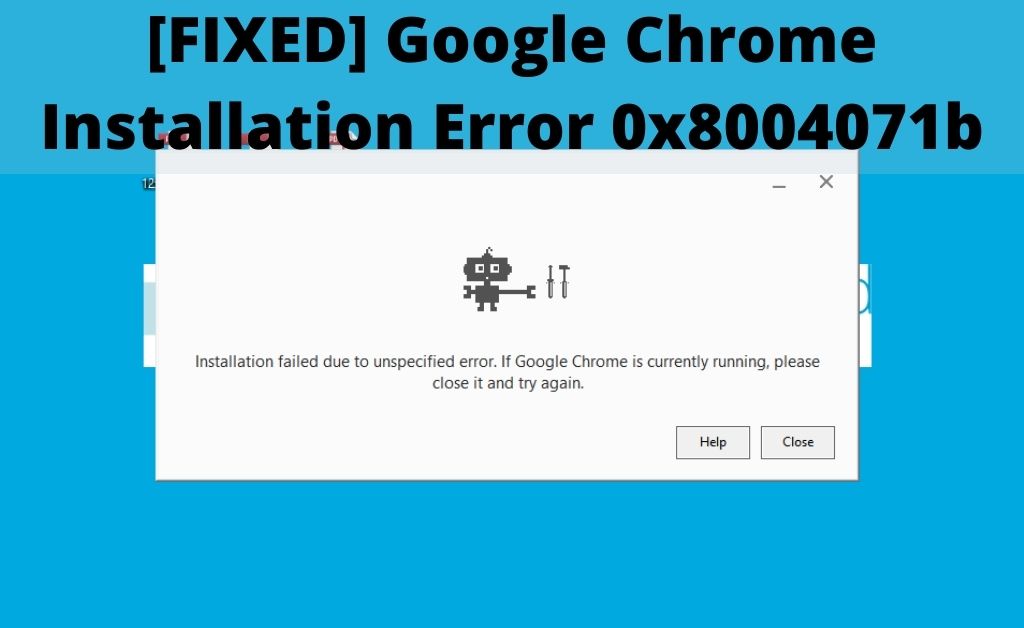
Google then returns the full 256-bit hashes suspected of being phishing or malware and starting with those 32 bits. To confirm that the URL is suspected as a phishing or malware website, and not just a 32-bit hash collision, the 32-bit hash is sent to Google. At this point, we can only say likely, because there is still a reasonable chance of hash collisions in the 32-bit space - two distinct URLs with distinct 256-bit hashes where the first 32 bits of those hashes are the same.

If the first 32 bits of the hash match an entry in the list, it is likely that the URL is on the list of suspected phishing or malware websites. This includes the URL of the website you are visiting, as well as the URL of any included resources (such as included JavaScript or Adobe Flash movies). When you browse the web using Google Chrome, the hash of each URL is computed, and the first 32 bits of that URL's hash is compared against the list of suspected phishing and malware websites. The process for discovering suspected malware-infected websites is described in more detail in a paper written by Niels Provos and colleagues from Google's anti-malware team. If we see certain activities happen on that virtual machines (such as viruses being downloaded and installed), we add that website to a list of suspected malware-infected websites.

If we find a website that contains signs of potentially malicious activity, we start up a virtual machine, browse to that website, and watch what happens. If we find a website that looks like it's a phishing page, it gets added to a list of suspected phishing websites.

A website may look like a phishing website, designed to steal your personal information, or it may contain signs of potentially malicious activity that would install malware onto your computer without your consent. Sometimes, during that process, we discover a website where something doesn't seem right. These websites are found by following links from other websites, crawling URLs submitted by webmasters and users, and so forth. Google is constantly crawling and re-crawling the web, all the while finding new and changed websites.


 0 kommentar(er)
0 kommentar(er)
